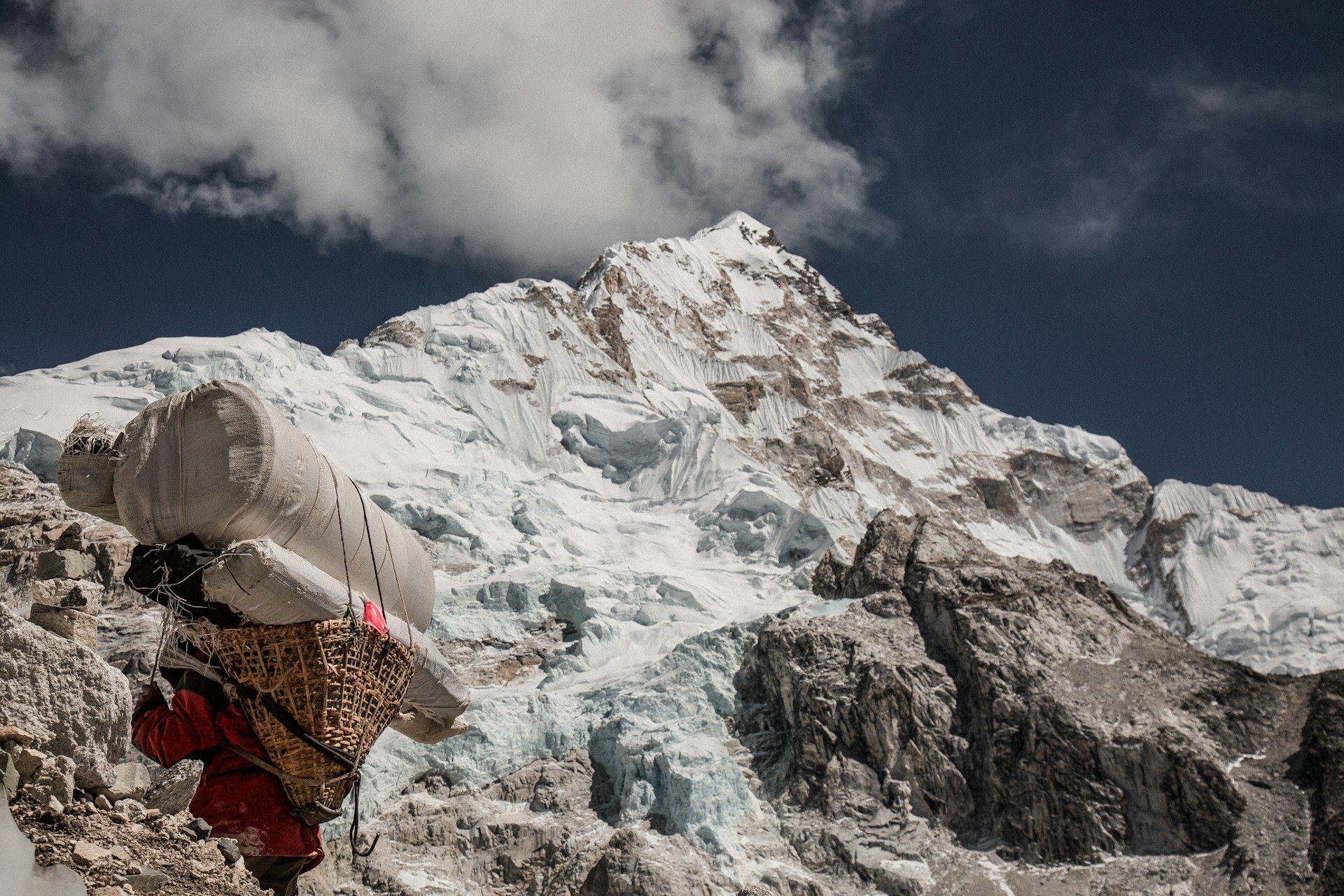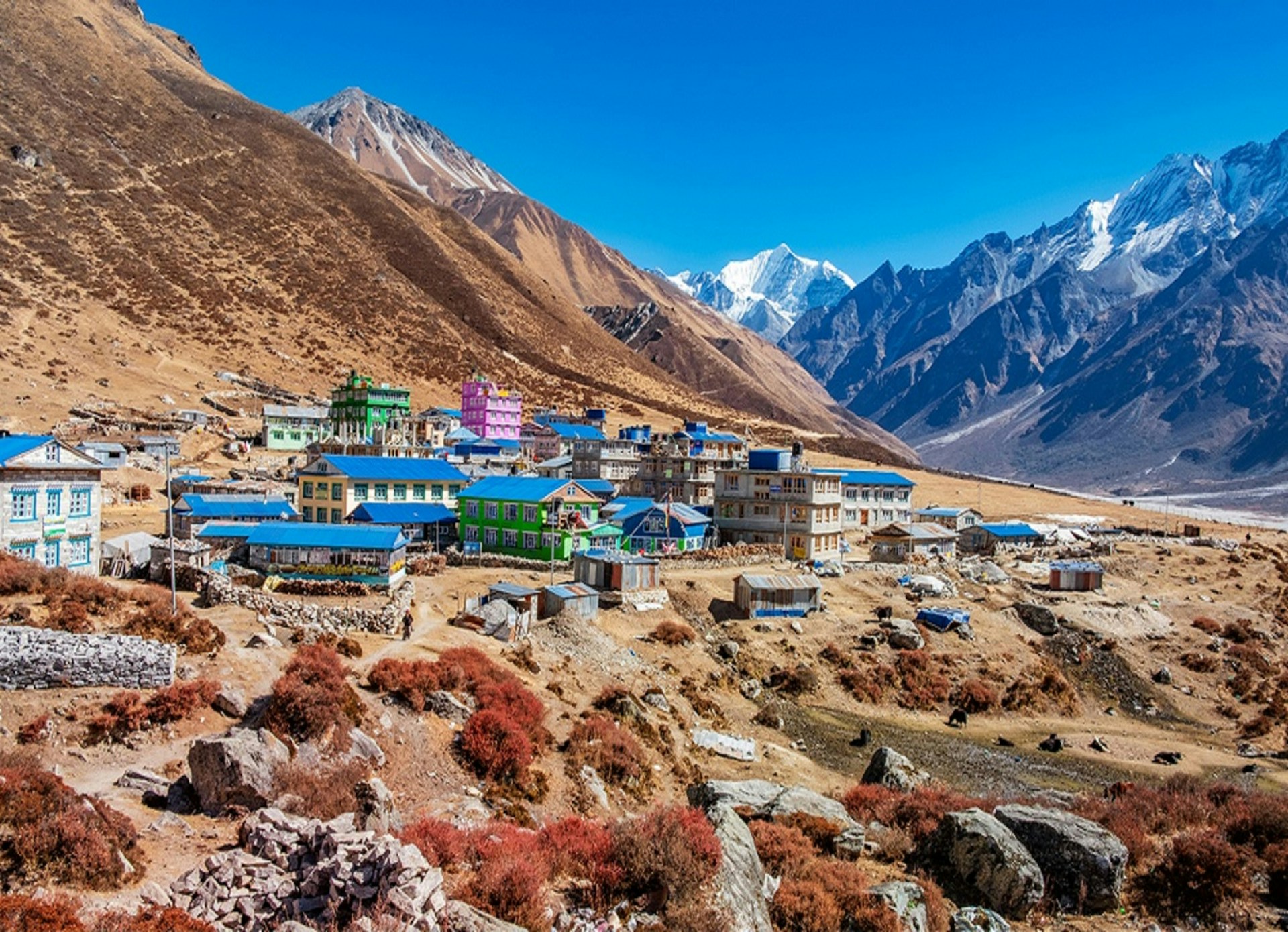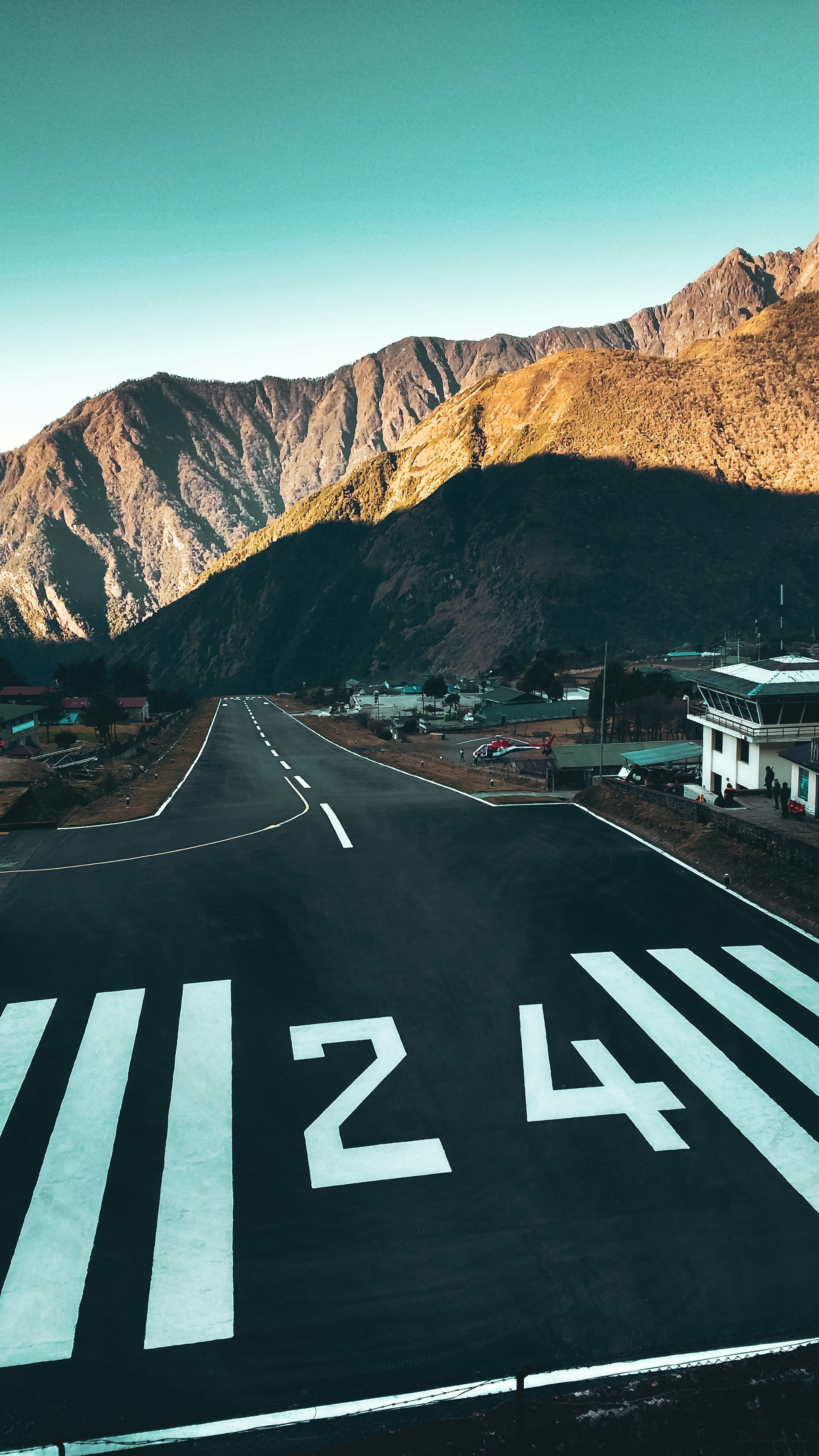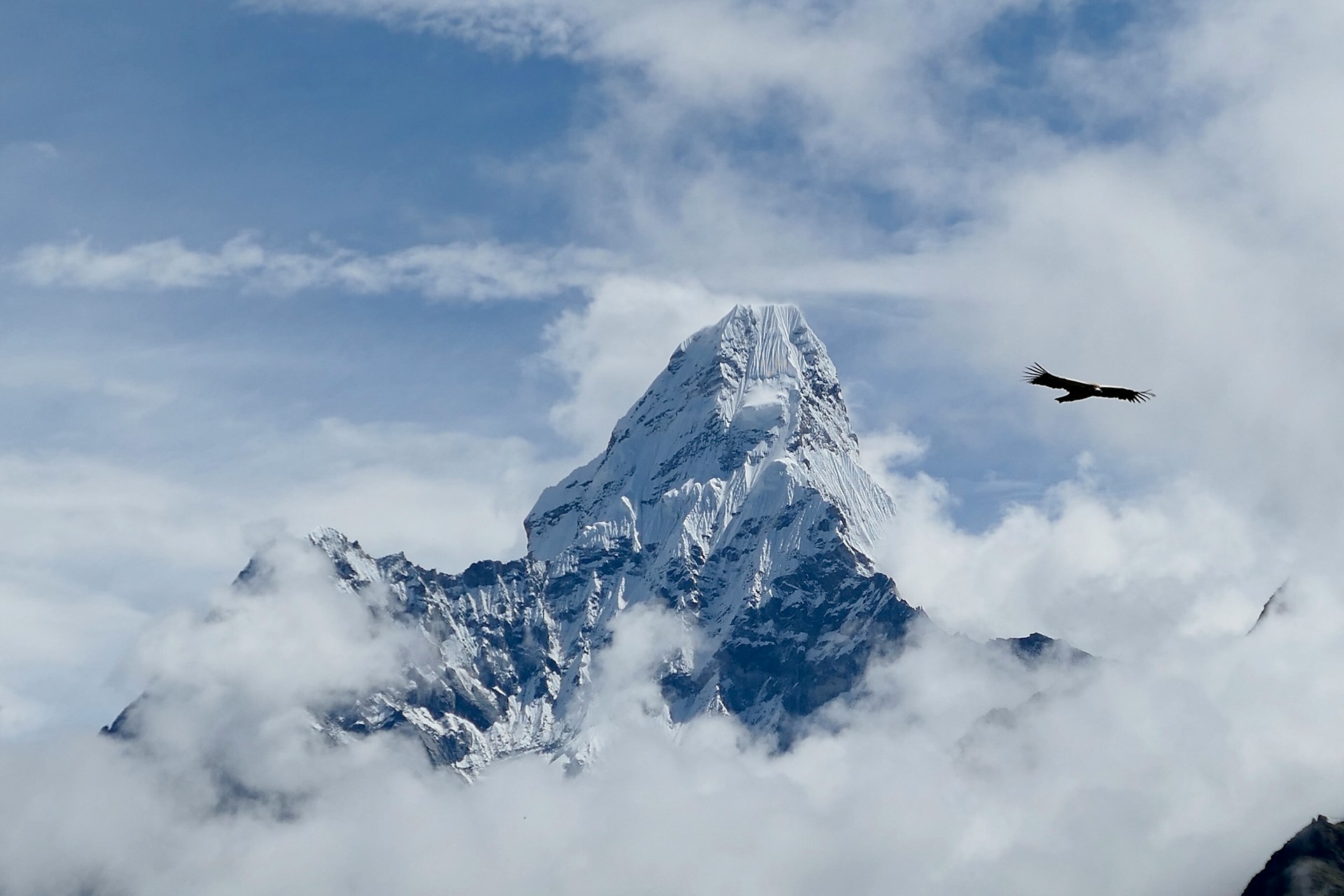Who are the Sherpas?
The Sherpas of Nepal are an indigenous ethnic group from the Himalayan region, particularly in Solu-Khumbu, the gateway to Mount Everest and the starting point for the iconic Everest Base Camp Trek. Their name, derived from the Tibetan words "Shar" (East) and "Pa" (People), meaning "People from the East" or "Eastern People" in Tibetan, reflects their origins in eastern Tibet before settling in Nepal’s towering landscapes over 500 years ago. Over generations, they have adapted to life in the high-altitude environment, developing exceptional endurance, resilience, and a spiritual connection to the mountains while preserving their Tibetan heritage.
Today, they are best known as world-class mountaineers and guides. However, their identity extends beyond their role as guides. Their culture is deeply rooted in Tibetan Buddhism, communal harmony, and a deep respect for nature. They have a unique language, strong traditions, and a spiritual devotion that shapes their daily lives, making them an integral part of Nepal’s rich cultural landscape.
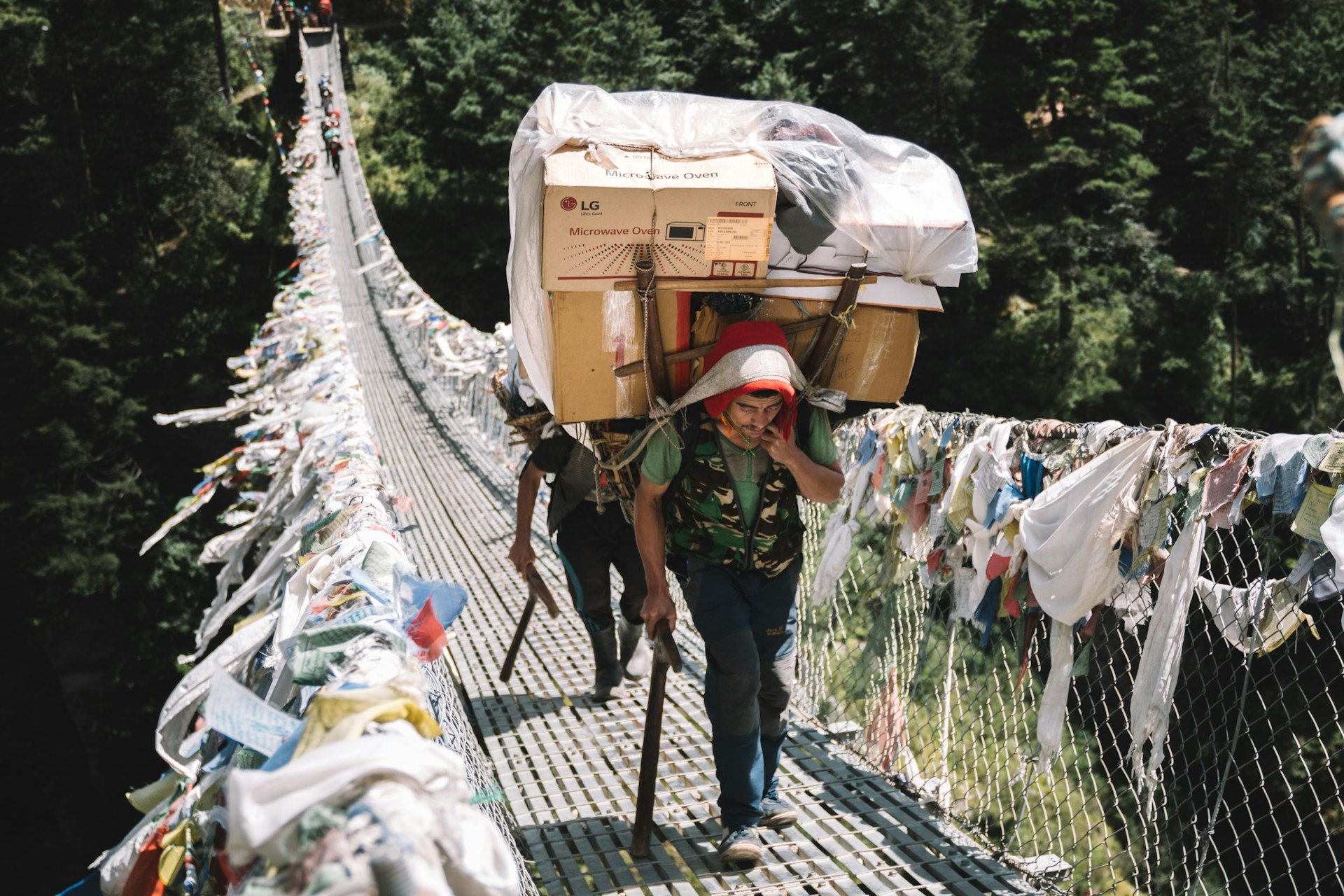
Sherpa porters carrying heavy loads across a suspension bridge in the Himalayas.
Born to Climb: The Sherpa Advantage in Mountaineering
Generations of living in high altitudes have given them a genetic advantage—higher levels of red blood cells help them absorb oxygen more efficiently. Their lungs are built to withstand thin air, making them resilient in environments where others struggle.
Additionally, their upbringing in the Himalayas means they naturally develop stamina, agility, and resilience from a young age. Sherpa children grow up walking long distances on steep mountain paths, unknowingly preparing their bodies for the demands of mountaineering from a young age.
The Mountain Life of Sherpas of Nepal
For generations, Sherpas have adapted to the harsh conditions of the high-altitude living Himalayas. Their villages—nestled in the shadows of Everest, Makalu, and Cho Oyu—are rooted in a lifestyle that honors tradition, nature, and spirituality.
Yak Herding
Yaks provide milk, meat, and wool, forming an essential part of Sherpa livelihood and economy.
Farming in Thin Air
Agriculture is difficult in the high-altitude landscape, but Sherpas cultivate hardy crops like
- Barley: Used to make tsampa, a roasted flour staple.
- Potatoes : A key food source introduced in the 19th century.
- Buckwheat: Used for making traditional bread and porridge.
From Trade to Trekking
Sherpas once relied on trade routes connecting them to Tibet, exchanging goods across rugged mountain passes. Today, tourism—especially trekking and mountaineering—has become the backbone of their local economy, offering new opportunities and connecting their communities with adventurers around the world.
Despite the challenges, life in the Himalayas is deeply fulfilling, rooted in traditions that honor nature, family, and spirituality.
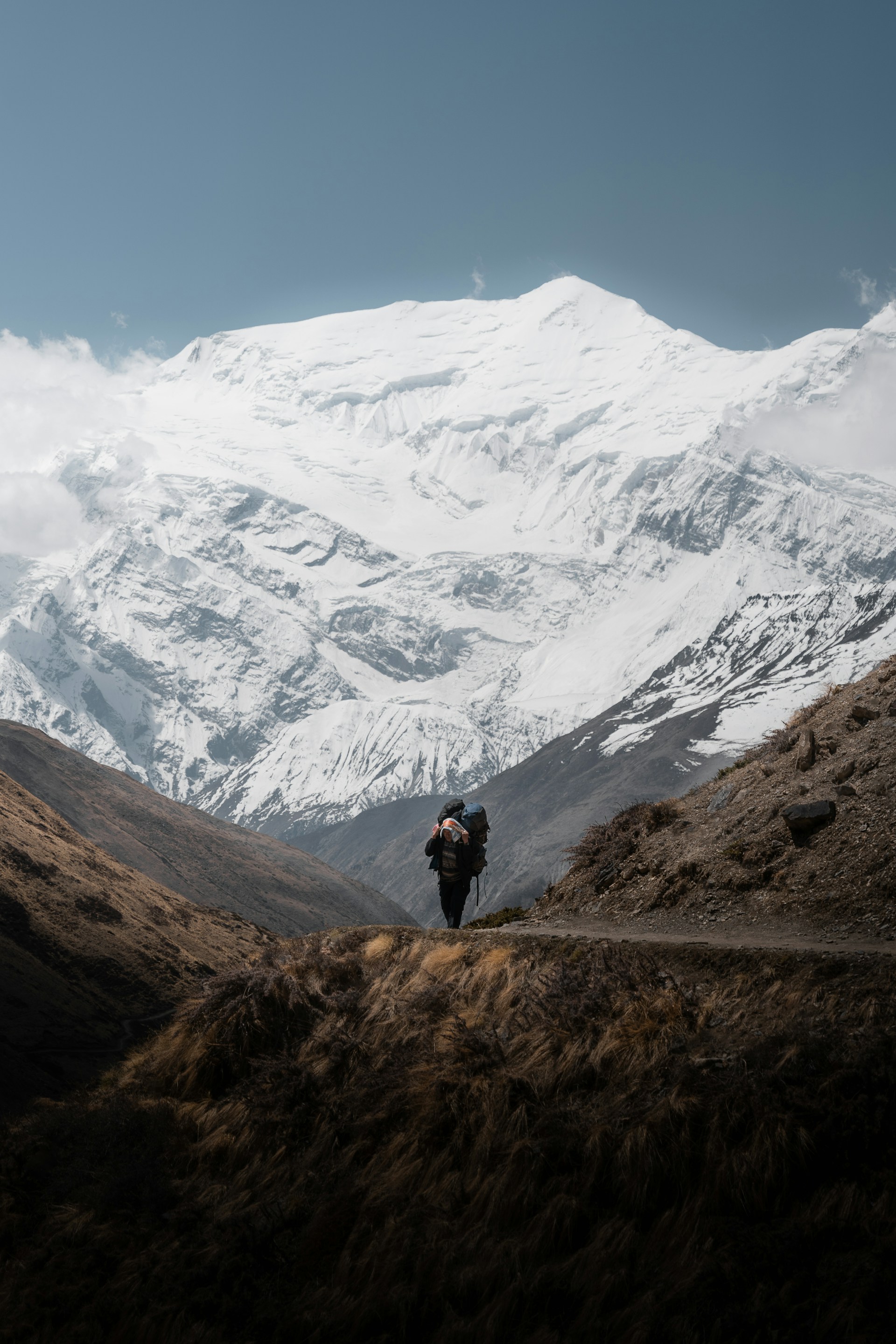
A lone Sherpa treks through the breathtaking Himalayan landscape, carrying supplies against the backdrop of towering snow-covered peaks.
Daily Life in the Himalayas: The Sherpa Experience
Sherpa Cuisine: High-Energy Meals for Mountain Living
Sherpa cuisine is simple but highly energetic to survive the cold and physical work. Common dishes include:
- Tsampa: Roasted barley flour mixed with tea or water.
- Butter Tea: A salty drink made with yak butter, tea, and salt.
- Momo: Style dumplings filled with meat or vegetables. Thukpa: A warm noodle soup perfect for cold mountain weather.
- Shyakpa: A hearty Sherpa stew made with meat, vegetables, and handmade noodles.
Sherpa Culture and Traditions
Sherpa culture is rich in spirituality and rituals and has strong communal bonds. Their way of life reflects a deep respect for nature, mountains, and Buddhist traditions.
Spiritual Beliefs and Practices
Sherpas practice Tibetan Buddhism, following the teachings of Guru Rinpoche (Padmasambhava). Their faith is deeply woven into daily life, reflected in the colorful prayer flags fluttering along the trails, the sacred Mani stones, and the ancient Buddhist gompas (Monasteries) nestled high in the Himalayas. These sacred sites aren’t just places of worship; they also serve as community hubs for prayer, meditation, and vibrant festivals.
Sherpas believe the mountains are sacred, especially Everest (Chomolungma), regarded as the Mother Goddess of the World. Before climbing Everest, Sherpas perform elaborate puja ceremonies, seeking permission from the mountain spirits to step onto its slopes.
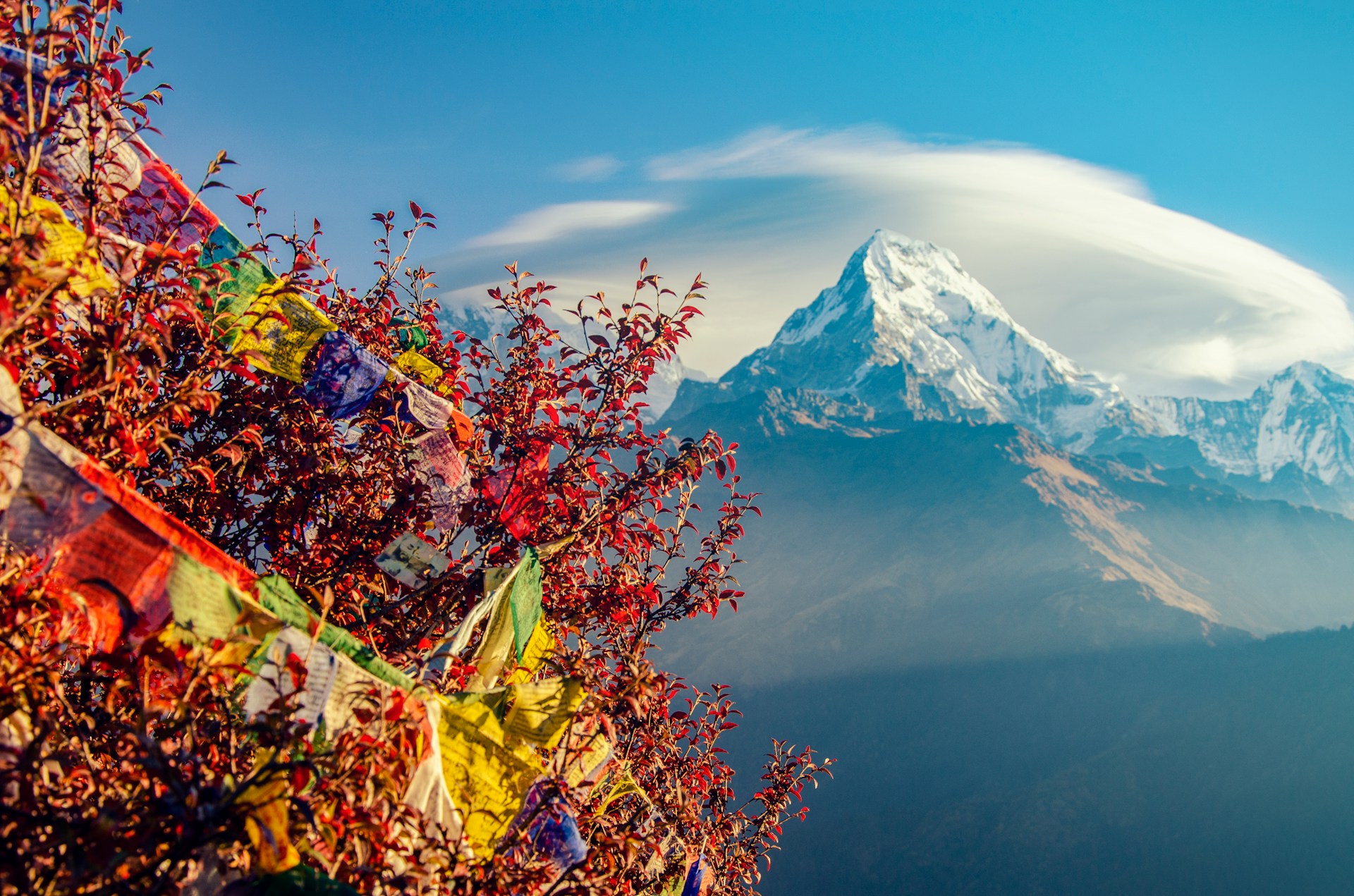
Experience the breathtaking beauty of the Himalayas. This image captures the majesty of Machapuchare and the spiritual essence of prayer flags.
Festivals and Community Celebrations in the Himalayas
Sherpas celebrate many traditional Buddhist festivals, including:
- Losar (Tibetan New Year): A time of prayers, feasts, and family gatherings.
- Mani Rimdu: A masked dance festival at Tengboche Monastery, celebrating the victory of Buddhism over evil.
- Dumje Festival: A festival honoring Guru Rinpoche, featuring fire rituals and spiritual blessings.
Sherpa Traditional Homes: Architecture for Survival
Sherpa houses are built from stone and wood, designed to withstand the extreme Himalayan climate. The roof is flat and covered with pine shingles, while the interiors have a central fireplace for warmth.
If you trek through the Khumbu Valley, you’ll pass many sacred sites and visit Buddhist monasteries along the Everest Base Camp trek, where you can explore intricate architecture and immerse yourself in sacred rituals, vibrant festivals, and the spiritual heart of Sherpa culture.
The Legacy of Sherpas on the World’s Tallest Peaks
Sherpas have been instrumental in nearly every major Everest ascent. The most famous Sherpa, Tenzing Norgay, made history in 1953 by reaching the summit of Everest alongside Sir Edmund Hillary. More recently, Kami Rita Sherpa has climbed Everest over 28 times, setting world records.
Each year on May 29th, International Mount Everest Day commemorates the historic first ascent of the world’s highest peak and honors the incredible contributions of Sherpas—whose courage, strength, and quiet dedication have shaped mountaineering history without receiving the recognition they truly deserve.
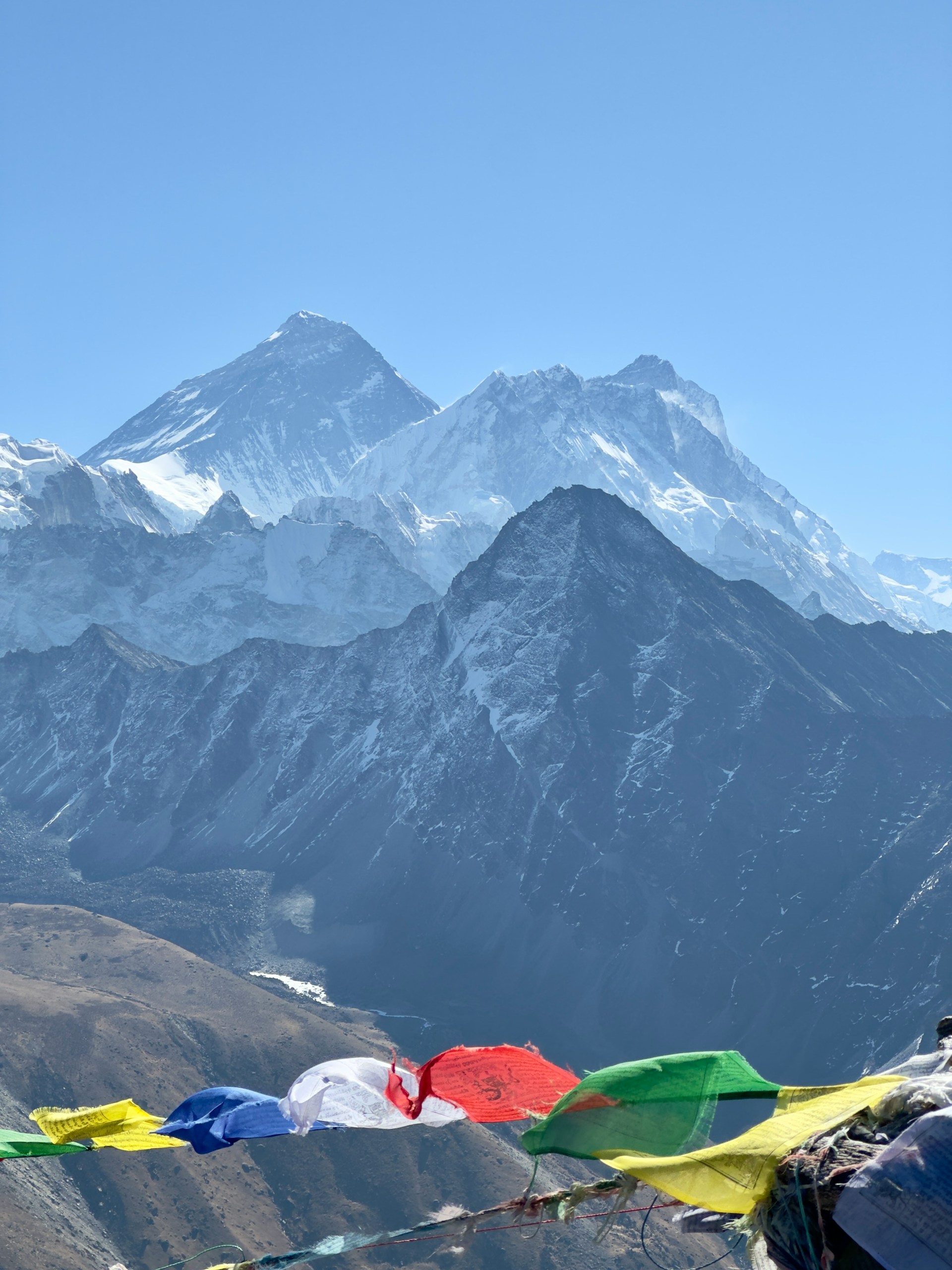
A breathtaking view of Mount Everest, the world's highest peak.
Challenges Faced by Sherpas in the Modern World
Despite their legendary skills, Sherpas often work in dangerous situations. Many have lost their lives in avalanches, falling ice, and storms while guiding climbers. The risks they take are immense, often with minimal recognition or protection.
Economic Challenge and Fight for Fair Compensation
While Sherpas play a vital role in Nepal’s trekking and mountaineering industry, their economic security remains fragile. Mountaineering is a seasonal occupation, and many Sherpas struggle to find alternative employment during the off-season. Many Sherpas have protested for better wages, life insurance, and safer working conditions. These demands reflect a growing awareness among Sherpas of their rights and the value they bring to Nepal's tourism economy.
Impact of Climate Change on Sherpa Life
Another major challenge is the impact of climate change, such as melting glaciers and shifting weather patterns, which have made mountaineering riskier for Sherpas and their clients. The changing environment is not just a physical threat but a dangerous challenge to the sustainability of Himalayan traditional livelihoods.
The Evolution of Sherpas: Breaking Barriers
Sherpa Women Enter the Mountaineering Industry
Initially, Sherpa men dominated the mountaineering profession, while women handled households and domestic businesses. However, the role of Sherpa women is evolving with time. Now, more Sherpa women are entering into the mountaineering industry, breaking gender barriers and becoming leaders in the field.
Education and New Career Paths for the Next Generation
Education is becoming a top priority for Sherpa families. Many Sherpa families are encouraging their children to pursue higher education and careers beyond mountaineering, leading to a rise in Sherpas working as doctors, entrepreneurs, and conservationists.
A Sustainable Future for the Sherpa Community
Opportunities in Sustainable Tourism and Hospitality
With the growing tourism industry, Sherpas have expanded opportunities beyond mountaineering with roles in trekking and hospitality. Many are now focusing on sustainable tourism and environmental conservation to preserve the fragile Himalayan ecosystem for future generations.
Empowering the Next Generation: Education and Skills Development
Sherpa communities are investing in schools and training centers to equip young people with the education and skills necessary for careers beyond climbing. This investment in education is key to empowering future generations and ensuring the long-term prosperity of the Sherpa community.
A Tribute to the True Heroes of the Mountains
The Legendary Sherpas: Guardians of Everest
When thinking of Mount Everest, one cannot ignore the Sherpas—the real legends of the mountains. Their stories of endurance, wisdom, and courage serve as a testament to the human spirit’s limitless potential.
The Journey of the Sherpas: From Highland Dwellers to Global Icons
For travelers venturing into Nepal, taking the time to learn about the Sherpa way of life adds a profound depth to the adventure. Their journey from humble highland dwellers to globally recognized mountaineers is a story of perseverance, heritage, and an unbreakable bond with the towering peaks they call home.
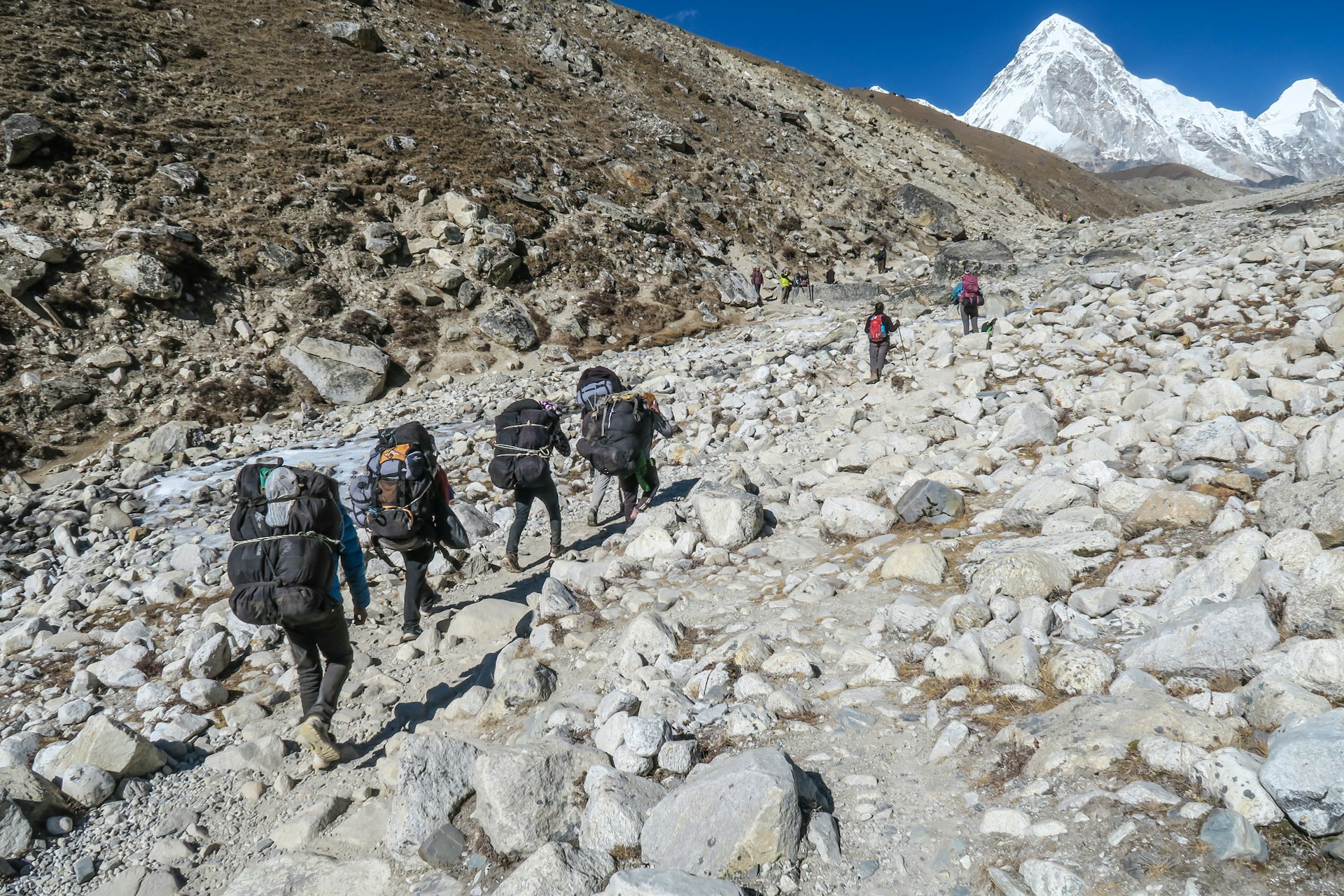
A vibrant scene unfolds at Everest Base Camp, showcasing the colorful tents of climbers from around the world.
The Enduring Spirit of the Sherpas
Sherpas are more than just mountain guides—they are the soul of the Himalayas. Their unparalleled strength, deep-rooted spirituality, and unwavering resilience make them an integral part of Nepal’s cultural identity. As tourism and modernization reshape their world, Sherpas continue to honor their traditions while embracing new opportunities.
Ready to Experience the Spirit of the Sherpas? Embark on a once-in-a-lifetime adventure to the heart of the Himalayas. Join the Everest Base Camp Trek to witness the breathtaking beauty and spirit of the Everest region in Nepal while immersing yourself in Sherpa culture and walking alongside the true guardians of the Himalayas.
Recent Blog Posts
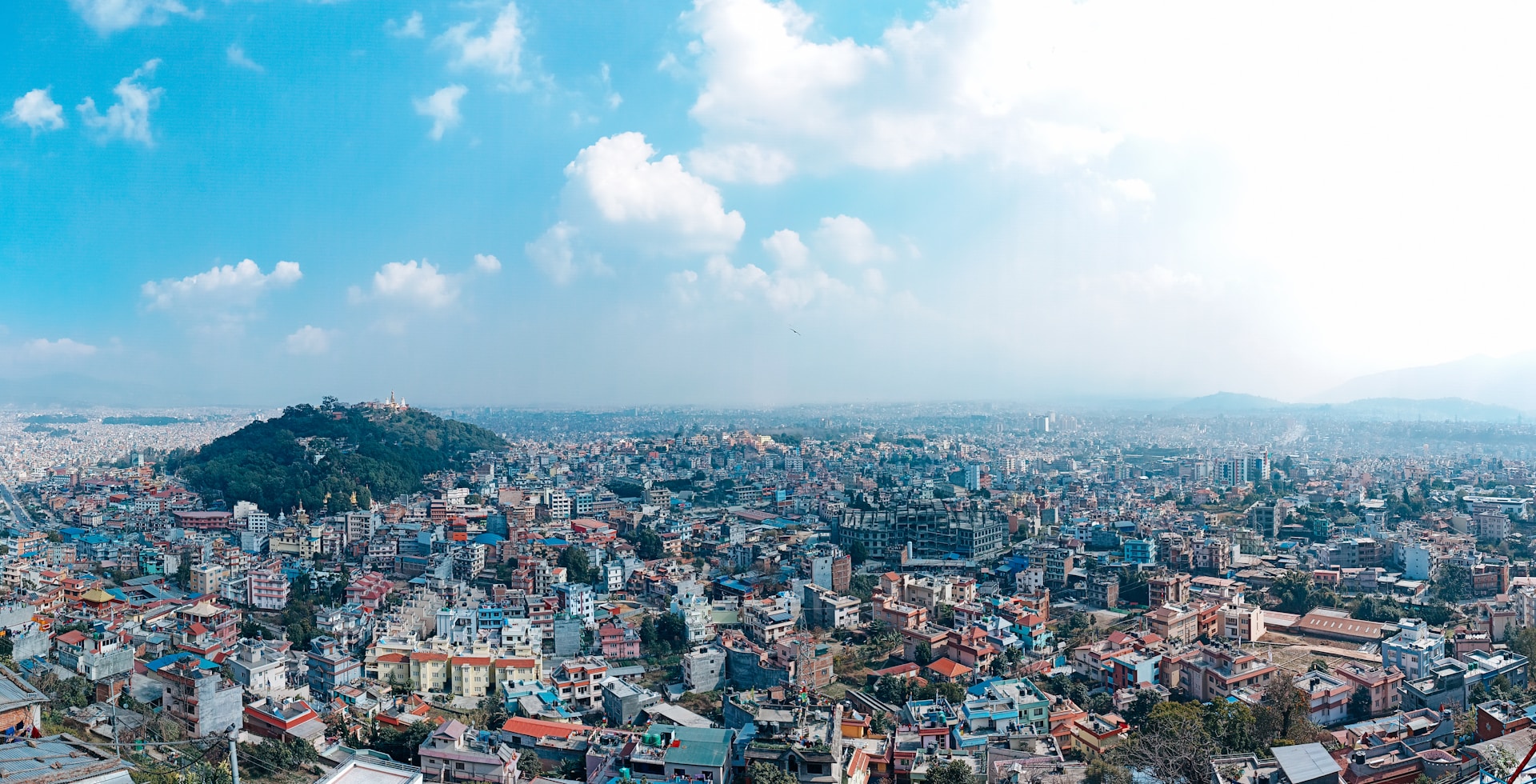
Kathmandu Valley: Exploring the Capital of Nepal
Jun 15, 2025
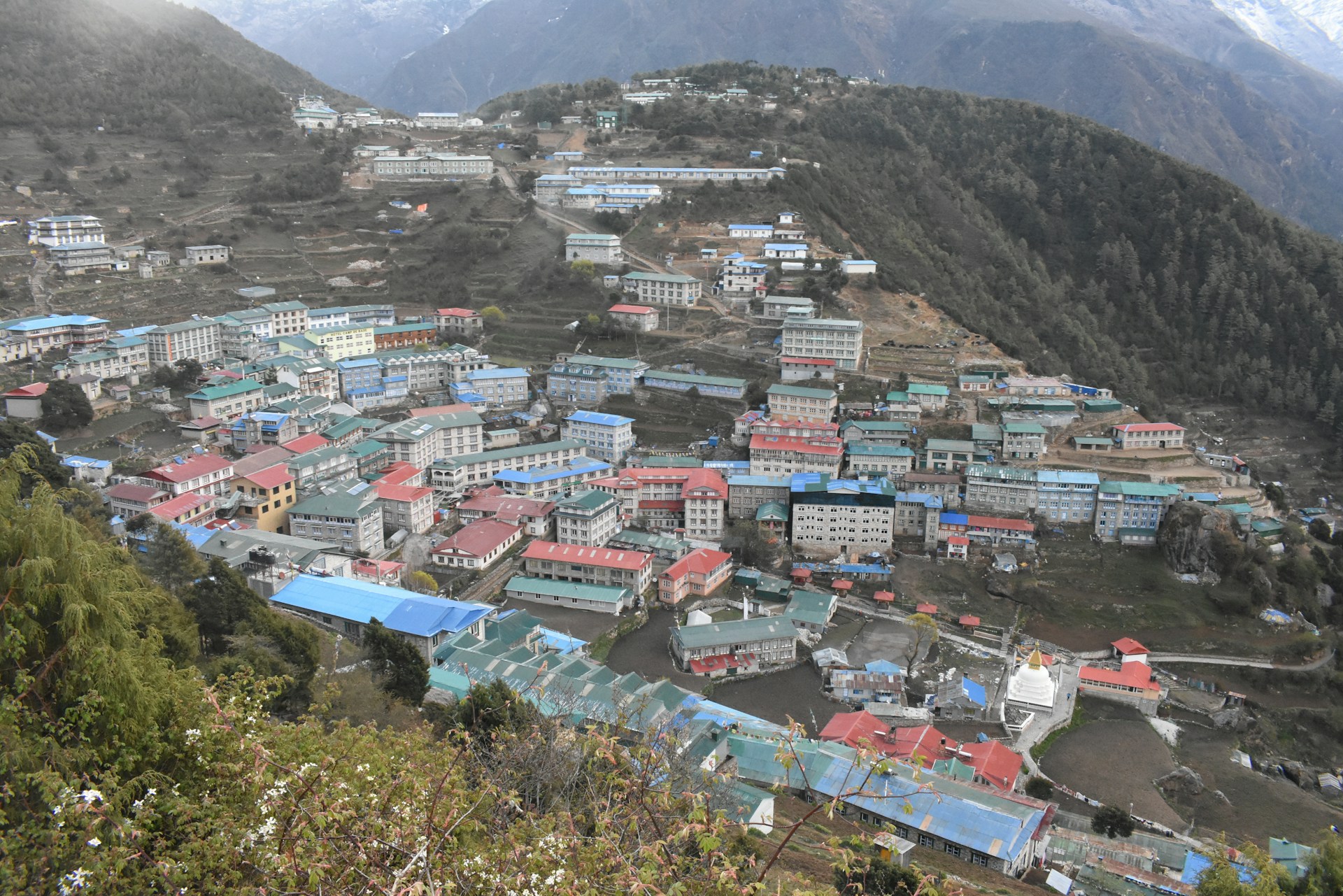
Namche Bazaar: What to Expect in the Sherpa Capital
May 20, 2025
